THE ISSUE
There are an estimated 120,000 – 200,000 minors placed in congregate care facilities across the U.S. annually. Most enter these residential settings through the child welfare and juvenile justice systems, school district’s individualized education programs, by refugee resettlement agencies, mental health providers, and through private parental placement.
Many of these youth have prior trauma histories before placement, which are compounded by separating them from their communities in addition to experiencing abuse and neglect within the congregate care placement. Due to a lack of regulatory infrastructure and government oversight, a culture of abuse has been allowed to thrive for decades, leading to preventable deaths of children and further trauma.
OUR PHILOSOPHY
Breaking Code Silence believes that every youth has a right to liberty, family, community, and the necessary tools and opportunity to enjoy their adolescence. Should a child be placed in a congregate care setting, it is their right to be afforded a safe, humane environment and to be free of unnecessary restriction.
While every child should remain in their community, we must focus on making these settings safer while our state and federal systems shift into directing funding and resources to prioritize family unity.
WHAT IS CONGREGATE CARE
A public or private entity that provides housing, treatment, or behavior modification in a residential environment, such as:
- Wilderness program
- Boot camp
- Residential treatment center
- Therapeutic boarding school
- Behavioral modification program
- Foster care facility
- Youth justice facility
WHAT WE ARE FINDING
Investigations conducted by Breaking Code Silence and state officials have collectively shown trends in congregate care facilities. Here are a few of the many abuses seen consistently across congregate settings:
- Inhumane and degrading discipline
- Usage of seclusion and physical, mechanical, and chemical restraint
- Physical, medical, and nutritional neglect
- Sexual assault, harassment, and grooming
- Conversion and aversion therapy
- Forced medication and overmedication
- Lack of individualized treatment
- Prohibition of communication with parents, lawyers, and advocates
- Restricted access to education
THE YOUTH IN CARE BILL OF RIGHTS
Every youth in congregate care should have the right…
-
to physical well-being, including
- freedom from abuse and neglect; including all forms of physical, psychological, and sexual abuse, neglect, exploitation, financial exploitation, and excessive medication; the right to be free from institutional abuse and neglect;
- freedom from from aversive behavioral interventions
- freedom from physical, mechanical, and chemical restraint or seclusion
- protection against unreasonable search and seizure; including the use of strip searches or cavity searches as a means of punishment
-
to social and emotional well-being, including
- prohibition of long periods of forced silence, restriction of communication with staff, caregivers, child protective services, law enforcement, or advocates;
- sufficient educational and life skills imparted onto them
- reasonable daily access to the outdoors
-
to have essential needs met
-
to individualized and appropriate treatment that is
- culturally competent
- trauma-informed
- most supportive of such each youth’s personal liberty and development
-
to be free from abusive, humiliating, degrading, or traumatizing treatment by staff or other youth; including
- the ability to report mistreatment anonymously without fear of reprisal
- to access a protection and advocacy agency


